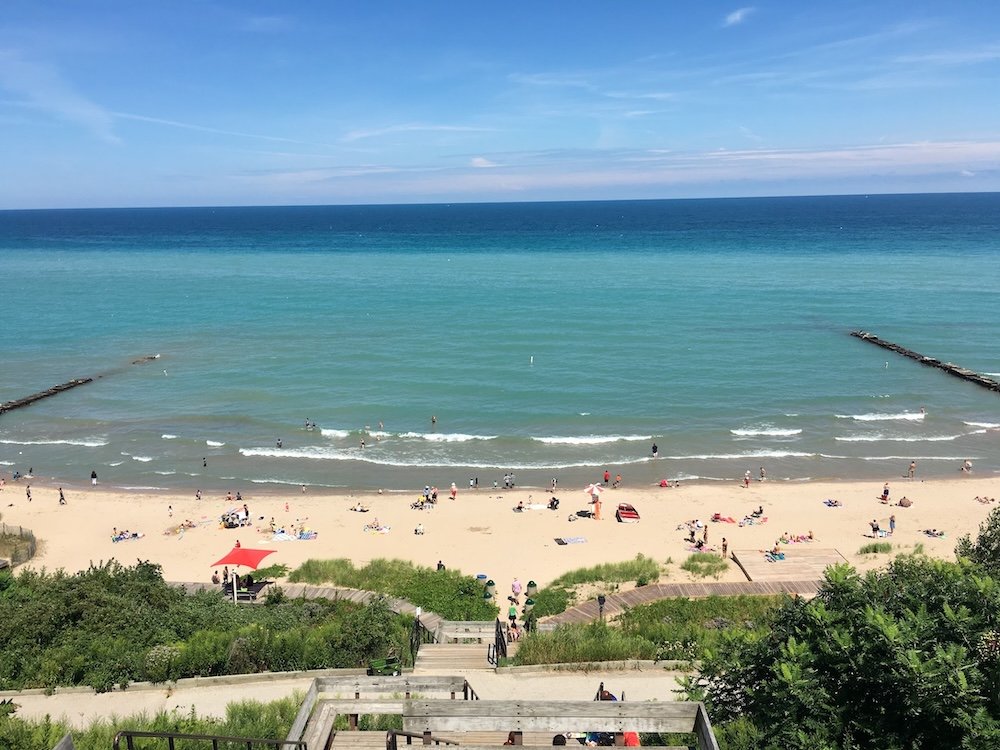Shorewood's Plan for Pedestrian Improvements
Pedestrian safety has been an important topic in Shorewood, and the village is taking a closer look at how pavement markings—crosswalks and lane lines—impact safety.
During a recent Public Works Committee meeting, trustees and public works officials discussed potential updates to the village’s pavement marking policy, including how often markings should be repainted, whether to use traditional paint or longer-lasting epoxy, and how to manage costs.
Why Are Pavement Markings a Big Deal?
Pavement markings do more than just make Shorewood streets look tidy—they guide drivers, protect pedestrians, and define bike lanes. However, maintaining these markings comes at a cost, and different materials have different lifespans. Traditional paint markings last about a year and need frequent touch-ups, while epoxy markings can last up to five years but come at a higher price.
Over time, Shorewood has moved to using more epoxy, especially on high-traffic roads like Capital Drive, Downer Avenue, and Lake Drive. But even epoxy wears down, particularly in busy intersections where cars frequently stop, turn, and cross crosswalks. Some areas have seen significant fading in just two years.
Potential strategies include:
Annual repainting of all pavement markings using traditional paint – This would keep markings fresh but require shutting down streets more frequently for maintenance.
Epoxy for high-traffic roads, paint for neighborhood streets – This hybrid approach could provide durability where it’s needed most while reducing costs in lower-traffic areas.
Repainting school zones and business districts every year, but other markings every two years – Some communities have adopted this approach to save money while keeping the most-used areas highly visible.
Shorewood’s Pavement Management Program is a long-term strategy that helps the Village assess road conditions and determine the best repair methods—from resurfacing and patching to full reconstruction. Shorewood maintains approximately 28 lane miles of roadway, and every two years, roadways are rated for their condition. The Village prioritizes repairs in a way that maximizes pavement lifespan while also being cost-effective.
Rather than waiting for roads to deteriorate to the point of needing expensive reconstruction, Shorewood follows an incremental maintenance approach that extends road life and saves money in the long run. This means fewer disruptions for residents and better long-term planning.
Do you have thoughts on how often Shorewood should repaint its crosswalks and street markings? Let us know in the comments or attend the next Public Works Committee meeting to share your perspective.
A Vision for Safer, More Accessible Streets
Shorewood’s new 10-year strategic mobility plan
While maintaining road surfaces is critical, Shorewood is also thinking beyond pavement to ensure that streets work well for everyone—whether they’re walking, biking, scooting, driving, or using public transportation. That’s where Shorewood’s new Pedestrian and Bicycle Master Plan comes in.
Adopted in March 2025, the plan focuses on making Shorewood safer and more connected for non-motorized transportation. The plan recognizes that streets aren’t just for cars—they should also support pedestrian-friendly, bike-friendly, and transit-friendly infrastructure. Some key priorities include:
Expanding and improving bike lanes to create a more connected network.
Enhancing crosswalks and pedestrian signals for safer walking conditions.
Implementing traffic calming measures to slow down vehicle speeds and improve safety.
Collaborating with Milwaukee County to maintain and improve access to the Oak Leaf Trail.
By aligning street maintenance with multi-modal transportation goals, Shorewood can ensure that every investment in road infrastructure supports long-term safety, mobility, and accessibility.
What This Means for Shorewood Residents
Residents can expect ongoing improvements to roads and sidewalks, but in a way that’s more strategic and proactive than reactive. Rather than waiting until a street is falling apart, the Village is using data to guide when and how repairs happen—while also considering pedestrian and cyclist needs.
This approach offers several benefits:
✅ More predictable road repairs that extend pavement life.
✅ Safer streets for all users, not just cars.
✅ Budget-conscious planning that reduces the need for costly full reconstructions.
✅ An even more walkable, bikeable community that supports sustainability and quality of life.





Celebrate Independence Day in Shorewood with pool swims, bike‑decorating contests, a festive parade, live music and food trucks in the park, plus spectacular lakeside fireworks.